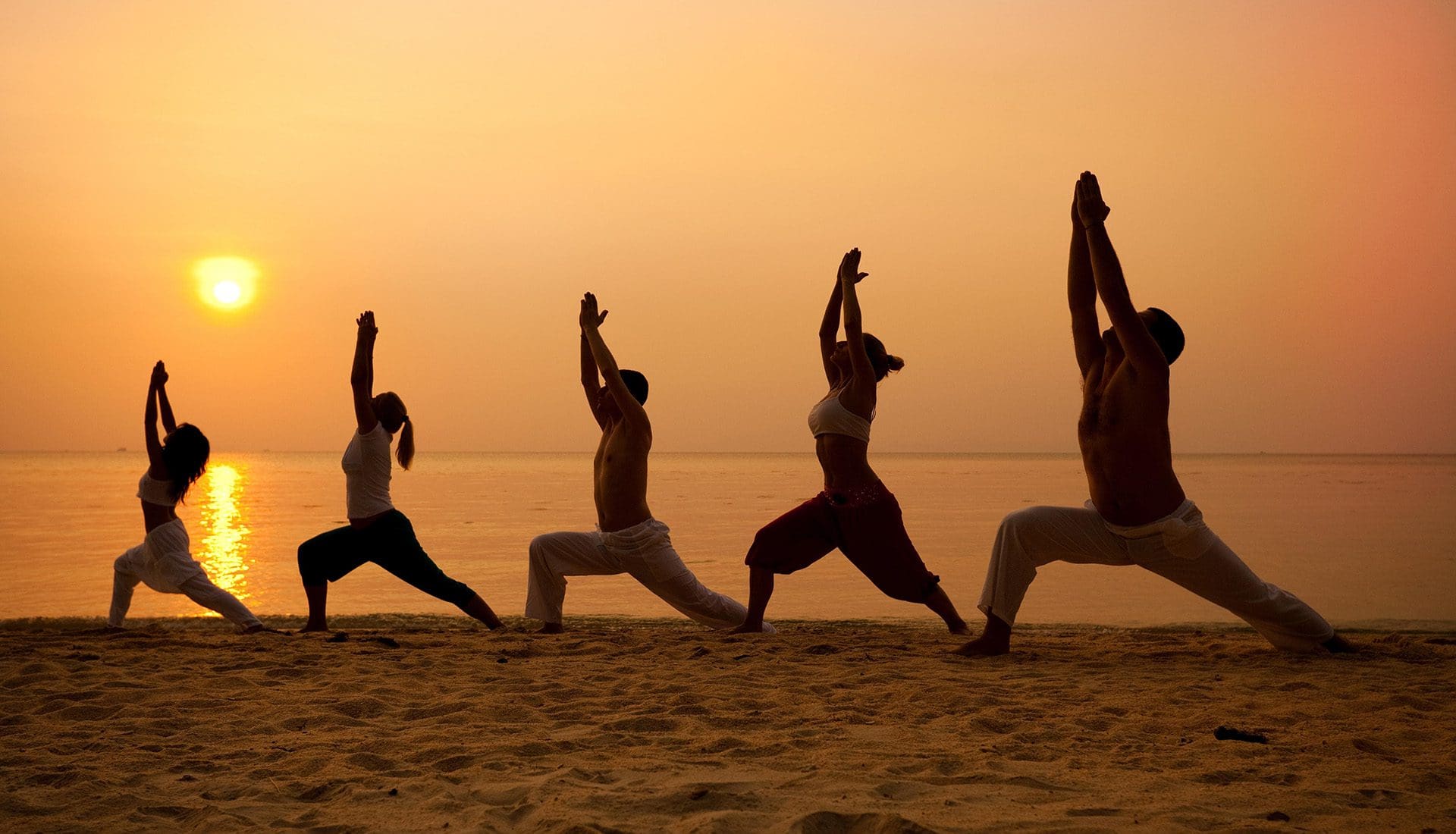How to Become a Yoga Teacher/ Instructor?
Keen on a yoga teacher training? Wondering what it takes and why should you become a certified yoga instructor? Whether you’re new to yoga or you have been practicing for sometime, exploring a yoga TTC is a transformative and beautiful experience.
Being a yoga teacher comes with numerous physical and mental health benefits. Better immunity, an improved functioning of all body systems, greater flexibility and strength, are just a few of the physical health benefits. Mental health benefits include reduced stress, better focus and concentration, improved productivity, better quality sleep, and much more. Yes, practitioners get these benefits too, but as a yoga teacher, you develop a balanced and improved lifestyle. You’ll be more likely to practice regularly and adopt a yogic way of life.

HERE ARE FIVE STEPS TO BECOME A YOGA TEACHER
- Qualifications needed to become a yoga teacher: The good news is there are not really any prerequisites to join a 200-hour yoga teacher training. You can start with an Ashtanga, Vinyasa or even a Yin Yoga course. Starting with a basic course is, in fact, the entry point and many schools, like Sampoorna Yoga, allow you to join directly. However, it is recommended you have some experience and exposure to yoga as this enhances your experience and you will get more value out of the course. If considering a 200-hour YTTC, it will include modules on the introduction to anatomy and physiology, so a fair amount of interest in knowing about the human body is required. It’s advisable to read up on the curriculum carefully before signing up so you know exactly what to expect.
- Practice, practice, practice: While you are signing up for the teacher training to begin your teaching journey, don’t underestimate the importance of your practice. You cannot be a good yoga instructor if you don’t work on your own strength, flexibility and balance. If you are at a beginner level, try to join a class that helps you progress to an intermediate practitioner. Hold postures for longer, do more repetitions and be aware of your breath. Practice regular breathing exercises to improve your stamina. Be open to doing cleansing techniques as the purification will help you with your physical practice. There is no rule that you should be at a certain level before joining a yoga teacher training program. You can do the program and continue your personal practice to advance in a greater manner.
- Accredited hours and Yoga Alliance registration: Ensure the course you are joining has the necessary accredited hours. If it is a 200-hour course, this could be split between theory and practicals, contact and non-contact hours. Some courses might also have a certain number of hours online and in-person. Most schools will have an exam or a number of assignments to complete before you get a certificate. This is important if you are registering with Yoga Alliance after your course. To complete this registration, you also need to ensure the yoga teacher training course you are signing up for is Yoga Alliance certified.
- A holistic learning: Yoga is not only about yoga postures, meditation techniques or breathwork. It is a holistic practice that works on the mind-body connection by focusing on the breath. It provides guidelines and principles to live a healthy, balanced and stress-free life. To become an authentic yoga instructor, ensure the course you are signing up for empowers you to adopt all these practices and principles. You should be able to practice what you preach. When you start teaching, don’t focus only on the postures. Provide your students with holistic knowledge and guidance about yoga. Sampoorna Yoga courses give you a transformative, holistic experience of yoga. Take a look at this article on why choose Sampoorna Yoga for your Yoga Teacher Training Program
- Understand, plan and teach: Don’t rush your teaching journey. To become a good yoga teacher, understand the various concepts, benefits and contraindications, how to practice, etc. Plan your sessions carefully. Add cues, transitions, and variations. Complement yoga philosophy by providing anatomy and physiology knowledge. Students are always interested in knowing how a practice is helping their body. Add a mix of different practices so you are introducing something new to students each time. This avoids monotony and boredom. Take your time with your process. The more organized and confident you are, the better the experience for your students.

Becoming a yoga instructor won’t take long (200 hours is the basic course). But becoming a good teacher will depend on your practice and progress. Don’t worry if it is taking you longer than your friend or fellow-student. Everyone’s journey is different. Trust the process and continue your practice.
After completing your certification, career options as a yoga instructor are plenty. You can become a freelance trainer with fitness centers, start your own classes or join a yoga studio full-time. You can teach online or in-person classes. You can also take up more courses and improve your qualifications. Options include a 300-hour yoga teacher training in Ashtanga or Vinyasa or branching out towards styles like Yin yoga. There are also many Yoga Alliance certified Continuous Professional Development courses you can explore to boost your skills and experience as a yoga teacher.

